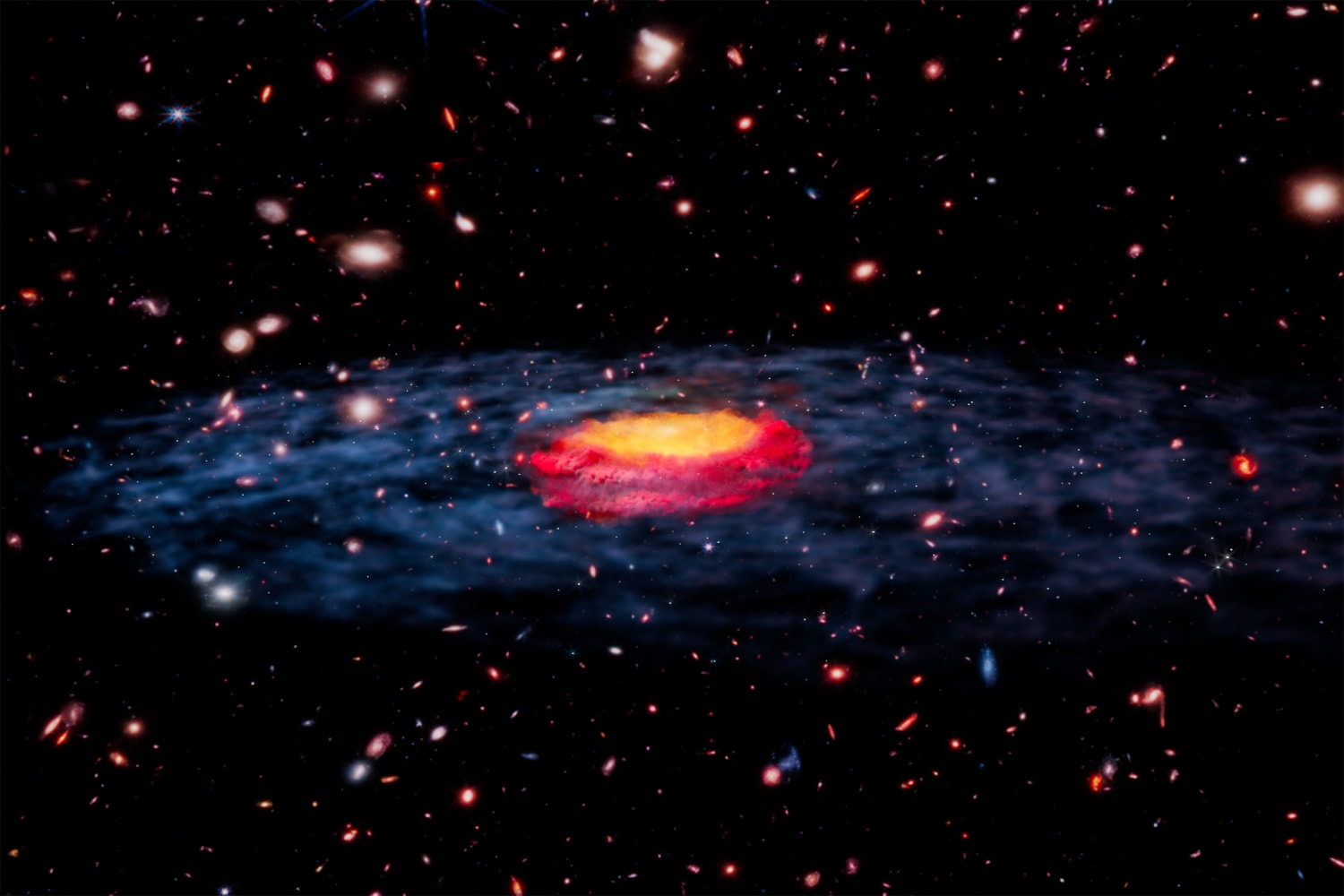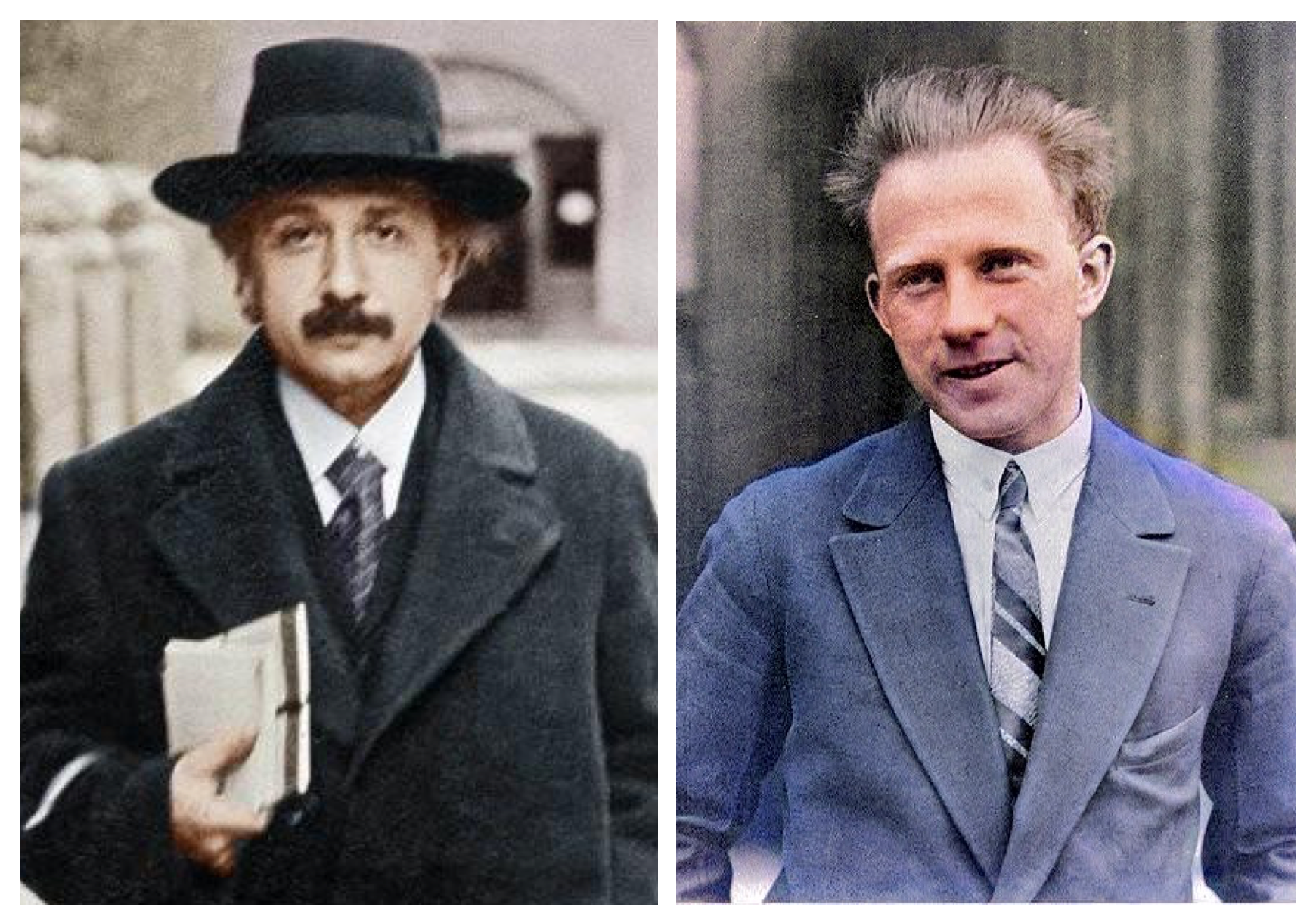A group of global scientists has discovered a colossal astronomical phenomenon that offers a unique glimpse into the formation of the universe. This recently found black hole, about 13 billion light-years away from our planet, has a mass around 300 million times that of our sun, positioning it as one of the largest black holes ever seen from such an ancient era.
The discovery, made using advanced telescopic technology and sophisticated data analysis techniques, represents a significant breakthrough in astrophysics. What makes this particular black hole extraordinary isn’t just its tremendous size, but its age – the light we observe from it began its journey when the universe was less than 700 million years old. This makes the object a kind of cosmic time machine, allowing scientists to study conditions during the universe’s infancy.
Scientists utilized various astronomical observatories situated in space as well as ground-based telescopes to substantiate their results. Through examining how the black hole influences nearby materials and observing the unique radiation emissions from its accretion disk, the researchers validated both its enormous size and its status as one of the earliest supermassive black holes that emerged following the Big Bang. This finding presents challenges to current theories concerning the rapid formation of such vast entities in the context of the universe.
Dr. Samantha Chen, the principal astrophysicist of the team that made the discovery, stated, “Our present knowledge of cosmic development suggests that this black hole shouldn’t have developed to such a size so quickly.” She further commented, “The presence of this black hole compels us to rethink our theories on how the initial supermassive black holes appeared at the dawn of the universe.”
In the core of an ancient galaxy lies an enormous celestial entity, with a gravitational force so strong that it distorts the very fabric of spacetime. The powerful radiation released by matter swirling into its event horizon offers essential insights into the chemical makeup of the early universe and the emergence of the initial galaxies.
Lo que los científicos encuentran especialmente notable es cómo este hallazgo actúa como una ventana hacia el pasado. La luz captada por los telescopios hoy salió de la proximidad del agujero negro cuando el universo tenía solo un 5% de su edad actual. Al estudiar estos objetos antiguos, los astrónomos obtienen información sobre el período enigmático conocido como la aurora cósmica, cuando las primeras estrellas y galaxias iluminaron el universo.
The analysis group employed gravitational lensing, a phenomenon anticipated by Einstein’s general relativity theory, to enhance the weak glow from this faraway object. This natural effect of magnification, generated by intervening clusters of galaxies twisting spacetime, enabled the detection of details that would be invisible even to our most advanced telescopes.
“This discovery is like finding a perfectly preserved fossil from the universe’s childhood,” said Dr. Michael Rodriguez, a cosmologist not involved in the study. “It gives us tangible evidence to test our theories about how the first supermassive black holes formed and grew so quickly after the Big Bang.”
The discoveries have ignited vigorous debate within the astrophysics field regarding the processes behind black hole creation. Some theorists argue that the direct collapse of vast gas clouds in the universe’s infancy might result in these colossal black holes bypassing the usual stellar lifecycle. Alternatively, others believe that mergers of smaller black holes could have taken place more effectively than was once assumed.
Future studies scheduled using upcoming telescopes such as the James Webb Space Telescope and the soon-to-be operational Extremely Large Telescope intend to reveal additional aspects of these ancient cosmic titans. Each finding contributes to assembling the picture of how the universe evolved from its initial dark, shapeless state to the organized cosmos we observe nowadays.
For astronomers, this black hole represents more than just a record-breaking object – it’s a key to understanding fundamental questions about cosmic evolution. As researchers continue analyzing the data, they hope to learn more about the relationship between early black holes and their host galaxies, potentially revealing how these gravitational powerhouses shaped the universe we inhabit today.
The discovery also has implications for our understanding of dark matter and dark energy, as the growth of supermassive black holes appears intimately connected with these mysterious components of the cosmos. By studying how this black hole and others like it evolved, scientists may uncover clues about the universe’s expansion and ultimate fate.
As technology advances, allowing us to peer further back in time, each new discovery like this brings us closer to answering humanity’s most profound questions about our cosmic origins and the fundamental nature of reality itself. This particular black hole, a relic from when the universe was in its infancy, promises to keep scientists busy for years to come as they decode its secrets.




